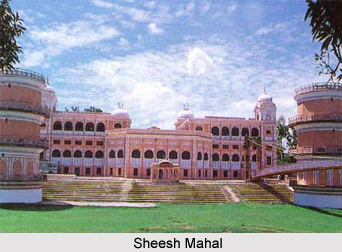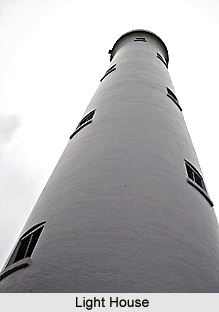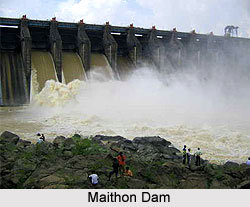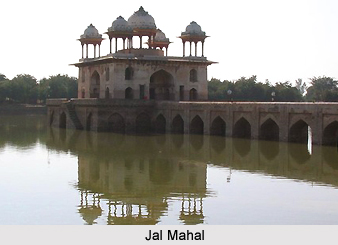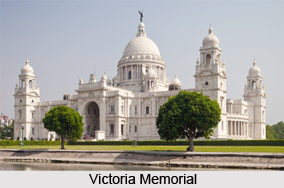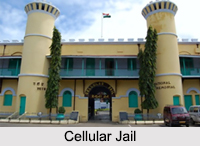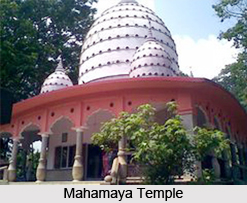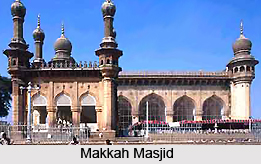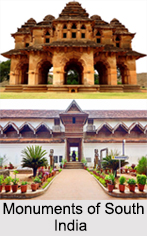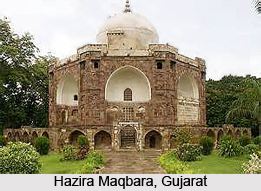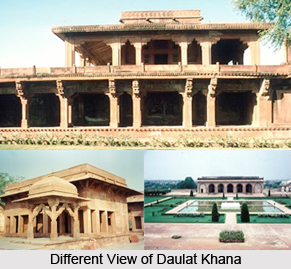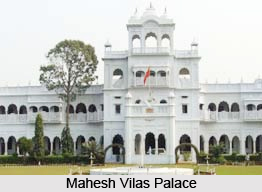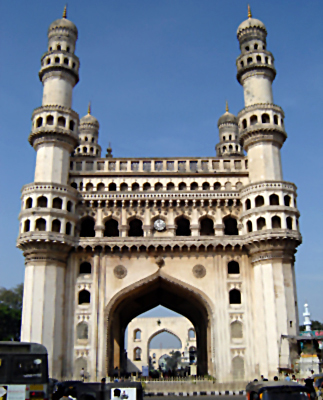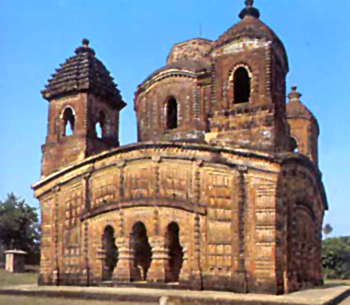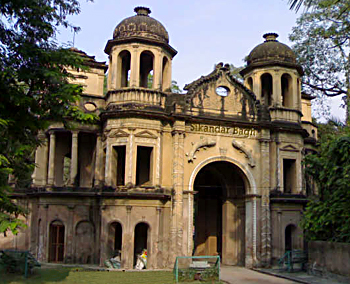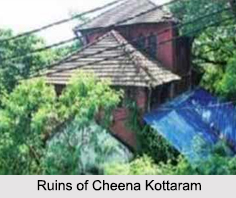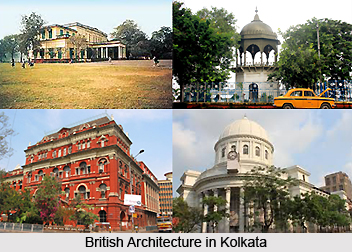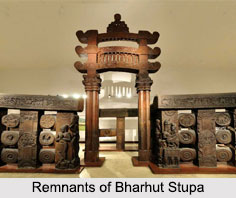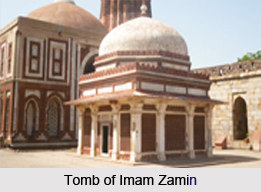 Tomb of Imam Zamin belongs to a 15th century Sufi saint whose actual name was Muhammad Ali. The monument is situated immediately to the east of the Alai Darwaza, through which it is approached. This Mughal tomb dates back to the times of the Mughal emperor Humayun.
Tomb of Imam Zamin belongs to a 15th century Sufi saint whose actual name was Muhammad Ali. The monument is situated immediately to the east of the Alai Darwaza, through which it is approached. This Mughal tomb dates back to the times of the Mughal emperor Humayun.
The tomb has no integral connection with the Qutub group and its position in it is probably explained by the belief that Imam Zamin held some office of importance in the Quwwat-ul-Islam Mosque. Imam Zamin was a member of the Chishti order, a Sayyid descended from Hassan and Hussein, who is said to have come to Delhi from Turkistan under Sikandar Lodi`s reign (1488-1517). According to an inscription, he built this tomb for himself in 1537-38 and died within a year of its completion.
The tomb, 7.3 metre square, is a simple structure built in the Lodi style. It is surmounted by a sandstone dome rising from an octagonal drum, and is decorated with a double row of kanguras and marble panelling above the chhajja.
The spaces between the twelve square pilasters supporting the superstructure are filled in with a geometrical jali of red sandstone in all but the central bays of the west and south sides. These contain a mihrab and an entrance doorway, both wrought in marble. Over the latter is an inscription in well-formed Naskh characters recording the name of the saint.
Marble is also used in the cenotaph and as a decorative relief in the interior; the radiating ribs of this material in the sandstone dome being a feature of particular interest. The whole structure of sandstone was originally covered with finely polished stucco, of which a considerable portion is still extant.
This article is a stub. You can enrich by adding more information to it. Send your Write Up to content@indianetzone.com
